Intellectual Property Law – Innovation, Technology and Patent Law

Intellectual Property Law (“IP”) refers to creations of the intellect “for which a monopoly is assigned to designated owners by law.” IP rights are the protections granted to the creators of IP, and include “trademarks, copyright, patents, industrial design rights, trade secrets and artistic works.” Due to the incorporeal nature of IP, it is important that the recognition, enforcement and protection of IP rights is consistent and effective. In this regard, the efficiency of a judicial system dealing with IP related issues is fundamental to the protection of IP and the recognition and enforcement of the rights attached thereto.
As a result of the growth and expansion of the common market, as well as strong development in technology and trade within the Member States (“MS”) of the European Union (“EU”), the protection of IP rights has become a hot topic of debate among European Law scholars. Significant progress has been made on the protection of trademarks and patents registered within the EU by realizing the need for greater cooperation between MS, and the gradual centralization and harmonization of judicial systems within the EU dealing with IP dispute settlement.
Regulation (EC) 207/2009 – Intellectual Property Law
Article 1(1) of the Regulation (EC) 207/2009 (“The Regulation”) establishes the Community trade mark. Article 1(2) goes on to state that “A Community trade mark shall have a unitary character and shall have equal effect throughout the Community: it shall not be registered, transferred or surrendered or be the subject of a decision revoking the rights of the proprietor or declaring it invalid, nor shall its use be prohibited, save in respect of the whole Community.” Moreover, the Regulation grants exclusive jurisdiction to Community trade mark Courts (“CTMC”) to entertain all infringement actions involving Community trademarks. Article 95 of the Regulation requires MSs to designate “as limited a number as possible of national courts and tribunals of first and second instance” to fulfill the functions of the CTMC. The CTMCs established by Article 95 of the Regulation are in essence national courts functioning under EU trade mark rules and regulations, rendering decisions that may be enforced throughout the EU. In this regard, CTMCs have the competence to entertain “any dispute involving unitary rights.” In practice, MS will elect national courts within their territory to function as CTMC, these CTMC will in turn “exercise the duties imposed by the Regulation.” MS are obligated to recognize and enforce judgements rendered by other CTMCs and their decisions are valid throughout the EU. As such, further national enforcement validation proceedings will not be required. Moreover, according to Article 97(5) of the Regulation: “Proceedings in respect of the actions and claims referred to in Article 96, with the exception of actions for a declaration of non- infringement of a Community trade mark, may also be brought in the courts of the MS in which the act of infringement has been committed or threatened.” Notwithstanding the aforegoing, CTMCs have an obligation to refer questions of law to the European Court of Justice (“ECJ”).
Advantages of Regulation (EC) 207/2009 System – Intellectual Property Law
The judicial system available under the Regulation provides an effective means of trade mark protection within the EU, and has as its goal the prevention of inconsistent decisions which may damage the unitary character of protection. The system under the Regulation “establishes a comprehensive and reliable system, rather than purely national regime.” Another advantage of this system is the ability to concentrate similar disputes affecting more than one MS in a single judicial process. In this regard, the CTMC system is “accompanied by a coherent framework in case of conflict of jurisdictions, following the principle of ‘lis pendens’, meaning that actions brought in different MS for the same underlying purpose will be resolved by the court of first instance, while the other proceedings will be stayed.” As such, CTMC enhances cooperation within the EU and promotes the unitary character of trade mark protection, as the system functions in parallel with national court systems in an efficient manner.
Disadvantages of Regulation (EC) 207/2009 System – Intellectual Property Law
The CTMC system proves imperfect in the following situations, namely: (i) when proceedings are commenced in the national courts of a MS other than a MS where the act of infringement was committed or threatened, (ii) when the trade mark holder only takes action for infringement in some countries and not others, and (iii) when trade mark infringement cases are dealt with according to the national law of a particular MS. In these circumstances, “the possibility of contradictory decisions is still evident,” causing a hindrance in the uniform application of the law. This has a negative effect on legal certainty and credibility of the trade marks in general. Further, one could argue that the national character of the CTMC, as well as the use of domestic judges, may hamper the integrity of the judicial process and could therefore render the decision significantly influenced by the local legal order and jurisprudence. These disadvantages increase the potential for forum shopping within the EU, whereby litigants cherry pick jurisdictions in order to “manipulate the alternative rules of that jurisdiction in order to rely on a more favorable legal environment.” Another drawback of the CTMC system is the lack of competition among CTMCs as a result of the one-court system, which may hamper the quality of the decisions rendered.
Agreement on a Unified Patent Court of 19 February 2013 (OJ EU 2013/C 175/01)
The Agreement on the Unified Patent Court (“The Agreement”) will be applicable in the territories of the MS who have ratified the Agreement. In this regard, the Unified Patent Court (“UPC”) “will have no competence in respect of national patents.” The main goal of the Agreement is the harmonization of the legal systems of contracting MS in order to reflect a more contemporary and harmonious procedural legal framework. Prior to the Agreement each MS had the competence to decide on the infringement and validity of EU patents, creating several problems regarding the enforcement of EU patents in MSs. As a result, the potential for inconsistent and diverging awards became more prevalent, making jurisdictional forum shopping possible. In response to the aforementioned issues, “the need for a harmonized jurisdictional and procedural law became necessary.” As such, the Agreement creates a “unified and specialized patent court, with exclusive competence for EU patents with unitary effect, and for those with non-unitary effect, granted till now by European Patent Office (“EPO”)
The Agreement focuses on the establishment of a common court for all contracting MS with exclusive competence on issues of infringement and invalidity of EU patents and patents with a unitary character and effect. The structure of the UPC system will consist of a court of first instance, a court of Appeal and a Registry, consisting of legally and technically qualified multinational judges. The UPC “will not have competence over national patents or EU patents that are not designated to the contracting MS.” The UPC system envisions a court of instance which is subdivided into local, regional and central divisions, operating under the same procedural rules. The regional and local divisions will use the language of the MS where it is situated, while the central division will use the language in which the patent was approved. Further, a court of Appeal will be available, while the UPC as a national court “will also have the obligation to refer requests for preliminary rulings on interpretation and application of EU law to the ECJ in accordance with Article 267 TFEU.” In this regard, the UPC will “cooperate with ECJ on interpretation and implementation of EU law and ECJ’s decisions will be binding upon the UPC
Another noteworthy feature of the UPC system is the opt-out declaration, which is available to holders of existing ‘bundle patents’. Accordingly, during the designated transitional period of seven years’ holders will have the opportunity to declare the exclusion of their patent and to remain susceptible to the jurisdiction of national courts over the national part of the bundle, while the possibility to withdraw the opt-out declaration will also be available for the whole life of the patent. Notwithstanding the aforegoing, “a patent cannot be exempted if case proceedings have already commenced in front of the UPC, while unitary patents are also not eligible for the opt-out statement.
Advantages of the UPC System
The introduction of the UPC will transform the current fragmented system into a uniform system with a common procedure for all parties in different jurisdictions. As a consequence, the UPC system will provide unified jurisprudence, harmonized procedural rules and superior decisions having automatic effect on all contracting MS. Moreover, the “predictability and avoidance of parallel litigations will further increase legal certainty and confidence in the field of patent protection.” The decentralization of infringement action in the local and regional divisions is effectively balanced with the centralization of invalidity proceedings at the central division, in order for “both patent holders’ interests as well as third party’s prospects for a convenient forum to be served.
Another advantage of the UPC system is the neutrality and specialty of the decisions makers. The multinational composition of the panel of judges will be determined by a pool of technically or legally qualified persons, with extensive experience on the particular dispute and the required linguistic skills. In this regard, litigants will have peace of mind knowing that credible and reliable judges will decide their disputes in a professional, unbiased manner. This, in turn, adds to the legal certainty and predictability of the UPC system, which “increases the development of IP jurisprudence, as a result of the consistency and certainty present within the court system.” Lastly, the expertise of the decision makers will ensure the smooth running of proceedings and the avoidance of unnecessary delays.
Disadvantages of the UPC System
The opt-out declaration available under the UPC system opens the door to the potential circumvention of the UPC, which may “potentially lead to a large amount of opt-out statements, especially during the first years of its operation.” This opt-out declaration may lead to the creation of multiple levels of protection within the EU. This may lead to “competition among the divisions in order to attract international jurisdiction.” This “fragmentation among the local divisions in conjunction with wide discretion of patentee regarding the forum for the initiation of the first instance proceedings under Article 33(1) will inevitably result in the development of forum shopping.” A final disadvantage of the UPC system has to do with the strong focus on the technological expertise of judges, who might do not have the “appropriate legal knowledge to deal with issues of substantive law.
Comparison of the Court Systems
Both the CTMC and the UPC systems offer MS centralized settlement mechanisms of IP disputes with unitary effect. Moreover, both systems automatically recognize decisions of other courts and render their judgments enforceable across the EU. Both judicial systems operate through national courts, or courts located within the territory of another country, exercising their powers under the auspices of the ECJ. The binding nature of the decisions rendered under both judicial systems promotes uniformity and legal certainty.
Notwithstanding the aforegoing, differences between the two systems exist. The UPC system offers procedural harmonization in contrast with CTMC system. Moreover, the UPC system has an unambiguous international effect for all infringement and invalidity proceedings, while the CTMC is prone to restrictions vis-a-vis the lex loci delicti commissi. Another difference is the multinational character of UPCs’ judicial panels, compared to the purely national compositions of the CTMC. The UPC system also lays the foundation for an intelligible jurisprudence to be formulated, which in turn, promotes uniformity and harmonization. Lastly, the provisions regarding the language of proceedings and awards in the UPC agreement significantly reduces interpretation costs, making the system more attractive to potential litigants. Essentially, the CTMC system is based on strict cooperation of national factors whereas the UPC system is considered to be more uniform and homogenous with a greater level of certainty and predictability and less reliance on national law.
Conclusion
The development of the CTMC and UPC systems illustrate the gradual movement from a purely national judicial system to more delocalized and uniform judicial system. Notwithstanding the aforegoing, complete harmonization still faces an uphill challenge as some MS are hesitant to surrender their judicial sovereignty. The UPC system proves to be more convenient with less jurisdictional problems, allowing for specialized procedures and decision makers, the harmonization of EU law and the avoidance of forum shopping, providing a policy for actual interpretation and analysis of all aspects involving EU patents with unitary effect. Both systems play a significant role in the effort to harmonize the field of IP Law and protect IP rights. In conclusion, the UPC system seems to provide a concrete long-term solution to the harmonization of IP dispute settlement. At Efstathios C. Efstathiou LLC we can help you.


